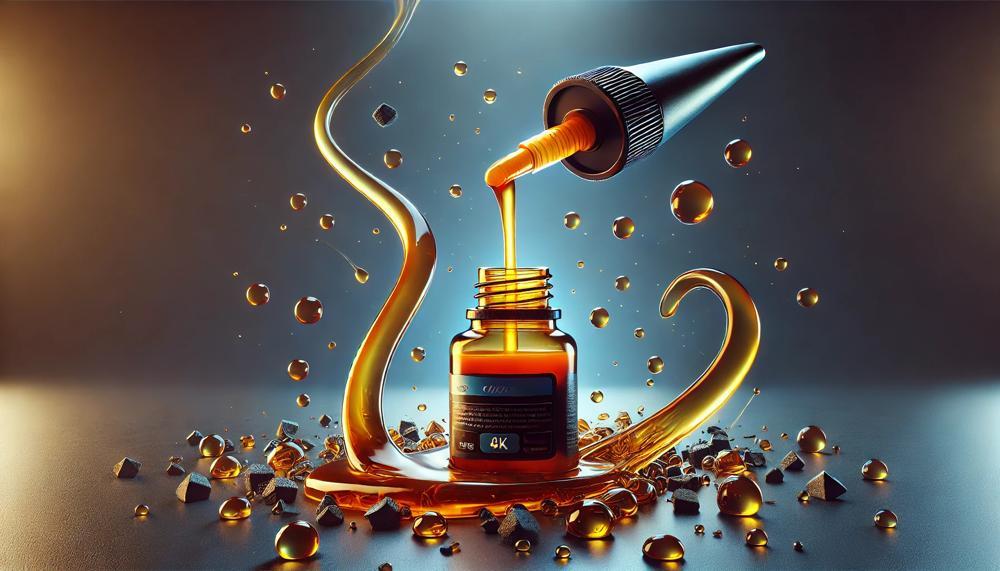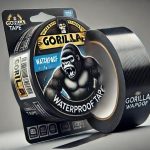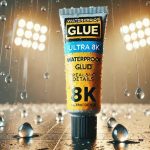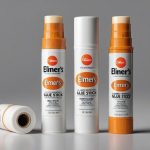Glue and epoxy are staples in any DIYer’s toolkit, but what happens when you need to combine these two adhesive powerhouses? The question of whether epoxy can go over glue is one that often arises, especially when tackling complex projects or repairs. While the answer isn’t a simple yes or no, understanding the nuances can unlock a world of possibilities.
Yes, epoxy can go over glue, but it’s crucial to follow the right steps to ensure a seamless and long-lasting bond. Different types of glue, such as PVA, super glue, and contact cement, have varying degrees of compatibility with epoxy, so proper surface preparation is key. Roughening up the glue surface and testing compatibility before applying epoxy can make all the difference.
Here are a few key takeaways to keep in mind when using epoxy over glue:
- Proper surface preparation is essential for a successful bond.
- Different types of glue may require specific techniques for optimal adhesion with epoxy.
- Compatibility testing is recommended to avoid potential curing or adhesion issues.
- Follow manufacturer instructions carefully for both the glue and epoxy products.
Whether you’re repairing a broken item, or embarking on a new DIY adventure, understanding the intricacies of combining epoxy and glue can open up a realm of possibilities. With the right knowledge and techniques, you can create strong, durable bonds that stand the test of time.
Table of Contents
Concrete epoxy adhesives: A quick intro
| Epoxy | Traditional Glue |
|
|
| Can epoxy be used over traditional glue in concrete applications? Yes, epoxy can be used over traditional glue in concrete applications, but proper surface preparation is crucial. The existing glue must be thoroughly cleaned, roughened, and tested for compatibility before applying epoxy. Following manufacturer instructions is essential for a successful bond. Epoxy’s superior strength, durability, and resistance make it an excellent choice for concrete projects, provided the surface is properly prepared. | |
The key differences between epoxy and traditional glue lie in their bonding strength, durability, resistance to harsh conditions, curing time, cost, and application requirements. Epoxy forms an exceptionally robust and durable bond, making it ideal for heavy-duty applications and projects exposed to moisture, chemicals, or temperature extremes. However, it requires precise mixing and application techniques, and has a longer curing time compared to traditional glues.
Traditional glues, on the other hand, offer a more affordable and easier application process, but with a less robust and durable bond. They have limited gap-filling capabilities and are less resistant to moisture, chemicals, and temperature extremes. Their curing time is generally shorter than epoxy, ranging from minutes to hours.
When it comes to using epoxy over traditional glue in concrete applications, it is possible, but proper surface preparation is crucial.
Which epoxy glue for concrete do I need?
When choosing an epoxy glue for concrete, several crucial factors should be considered to ensure a successful and long-lasting repair or bonding project. Here are the key factors to keep in mind:
Bonding Strength
Epoxy glues offer exceptional bonding strength, making them ideal for heavy-duty applications on concrete surfaces. Look for high-strength epoxy formulations designed specifically for concrete bonding.
Durability
Concrete projects often face harsh conditions, such as temperature extremes, moisture, and chemical exposure. Choose an epoxy glue with excellent durability and resistance to these factors to ensure a long-lasting bond.
Curing Time
Different epoxy glues have varying curing times, ranging from minutes to hours. Consider the project timeline and choose an epoxy with a suitable curing time to avoid delays or premature handling.
Additionally, pay attention to factors such as the epoxy’s viscosity (for easy application), gap-filling capabilities (for uneven surfaces), and chemical resistance (if needed).
How to use two-part epoxy glues for concrete

Here are the steps for properly applying two-part epoxy glues to concrete surfaces:
Prepare the Surface
Meticulously clean the concrete surface to remove any dirt, grease, or debris. Use a wire brush or sandpaper to roughen the surface for better adhesion.
Mix the Epoxy
Carefully mix the two-part epoxy components (resin and hardener) according to the manufacturer’s instructions. Mix thoroughly to ensure proper curing.
Apply the Epoxy
Using a trowel or putty knife, spread the mixed epoxy onto the prepared concrete surface. Work in small sections and apply a thin, even layer.
Cure the Epoxy
Allow the epoxy to cure according to the manufacturer’s recommended cure time. Curing times can vary depending on temperature and humidity conditions.
Finishing Touches
Once fully cured, the epoxy-coated concrete surface can be sanded, painted, or sealed as desired for your specific project needs.
Expert Tip
| Tip | Explanation | Importance |
| Allow epoxy to sit | Let the mixed epoxy sit for a few minutes before application. This allows air bubbles to rise to the surface, ensuring a smoother finish. | Eliminates unsightly bubbles in the final product. |
| Use a heat gun | Gently pass a heat gun or torch over the surface to pop any remaining bubbles before the epoxy cures. | Removes stubborn air pockets for a professional-quality finish. |
| Apply in thin layers | Avoid pouring all the epoxy at once. Instead, apply it in thin layers, allowing each layer to partially cure before adding the next. | Reduces the risk of bubbles and provides better control over the final appearance. |
| Keep surface clean | Cover the surface with a protective barrier like plastic sheeting while the epoxy cures to keep it free from dust and debris. | Prevents contamination and ensures a flawless finish. |
| Exercise patience | Patience is crucial when working with epoxy. Follow the recommended curing times and avoid rushing the process. | Allows the epoxy to cure properly, ensuring a strong and durable bond. |
By following these expert tips, DIY enthusiasts and hobbyists can achieve professional-level results when applying epoxy over glue. The key is to take the necessary precautions, work methodically, and allow sufficient time for the epoxy to cure properly.
You might also be interested in
| Type of Glue | Key Properties | Differences from Epoxy |
| Polyurethane | Extremely strong and durable, resistant to heat and moisture, suitable for bonding wood, metal, and plastic. | Cures with exposure to moisture, does not require a hardener like epoxy. Often more flexible than epoxy. |
| Cyanoacrylate (Super Glue) | Rapid curing, forms a rigid bond, ideal for bonding non-porous materials like plastic, rubber, and metal. | Single-component adhesive, cures by exposure to moisture in the air, weaker than epoxy for heavy-duty applications. |
| Polyvinyl Acetate (PVA) | Water-based, non-toxic, suitable for bonding porous materials like wood, paper, and fabric. | Not as strong or durable as epoxy, has limited water and heat resistance. |
| Silicone | Flexible, waterproof, resistant to extreme temperatures, suitable for bonding non-porous materials like glass and metal. | Does not form a rigid bond like epoxy, more suitable for sealing and caulking than structural bonding. |
| Rubber Cement | Flexible, repositionable, suitable for bonding materials like rubber, leather, and fabric. | Weaker bond strength than epoxy, not suitable for heavy-duty applications or bonding non-porous materials. |
The key differences between these common glues and epoxy lie in their curing mechanisms, strength, flexibility, and material compatibility. Epoxy is a two-part system that forms an exceptionally strong, rigid bond when the resin and hardener are mixed, making it ideal for heavy-duty applications and bonding a wide range of materials, including metal, plastic, and wood.
Conclusion
Here is a 200-word blog post conclusion summarizing the main points about whether epoxy can go over glue:
The versatility of epoxy opens up a world of possibilities when combined with traditional glues. While it is possible to apply epoxy over glue, proper surface preparation is paramount for a seamless and enduring bond. The key is understanding the nuances of different glue types and following the right techniques to ensure optimal adhesion.
From roughening up the glue surface to conducting compatibility tests, these crucial steps pave the way for epoxy to work its magic. By harnessing epoxy’s exceptional strength, durability, and resistance to harsh conditions, you can elevate your DIY projects to new heights, whether repairing a broken item or embarking on a creative endeavor.
As you navigate the realm of combining these adhesive powerhouses, remember to meticulously follow manufacturer instructions, allow ample curing time, and embrace patience throughout the process. With the right knowledge and approach, the possibilities are endless. Unlock the full potential of your projects by seamlessly blending the convenience of traditional glues with the unparalleled performance of epoxy.






